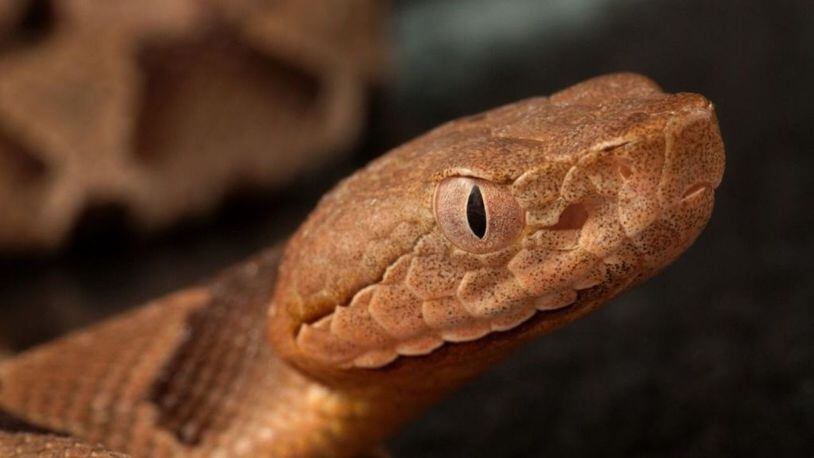Venomous snakebites are up more than 10% in North Carolina and Georgia this year and 27% in Texas over the past five years. More than 2,100 venomous snake bites were reported in 2018, 83 more bites than were reported in 2017, according to poison control centers in the three states.
Climate change that has led to wetter winters and neighborhoods that are expanding into the snake's habitat is to blame for the increase in bites, the Journal story said.
“There’s no question as we build out more, we’re definitely inhabiting the areas where snakes reside,” Gaylord Lopez, managing director of the Georgia Poison Center, told the Journal.
According to the National Oceanic and Atmospheric Administration, the 12 months ending in April 2019 were the wettest year-long period in U.S. records dating back to 1895.
A study whose findings were published in the journal Clinical Toxicology concluded that an increase in rainfall correlates with an increase in snake bites in humans, something that directly contradicts the assumption that venomous snakes tend to be aggressive mainly in dry weather conditions.
According to a story in Popular Science, researchers studied 5,365 cases of rattlesnake bites reported to the California Poison Control System between 1997 and 2017. They compared those cases with information about climate conditions from NASA and the National Drought Mitigation Center.
The researchers found that every 10% increase in rainfall over an 18-month period led to an increase in snakebites of about 4% across California, the story reported.
Record low numbers of bites corresponded with severe droughts in the state.
Click here to read the full story from the Wall Street Journal.
About the Author
